Mint leaves will turn yellow if they are not getting enough nitrogen, if they are affected by rust, or not getting enough water. Aphids can also cause the mint leaves to turn yellow if they are chewing on them. Solve yellow leaf problems on mint plants by giving them regular water, a liquid fertilizer rich in nitrogen and a slow release fertilizer for longer term nutrients.
Boost nitrogen to fix yellow mint leaves
Mint leaves will turn yellow if the plant is not getting enough nitrogen. Good sources of nitrogen are liquid fertilizers like fish emulsion and slow release fertilizers like pelleted chicken manure. A handful of blood and bone meal will also give your mint a nitrogen boost.
The key to preventing yellow leaves on mint is to make sure they are fed with a nitrogen fertilizer before their main growing season in spring and summer. Add a handful of chicken manure and water it in well when the weather starts to warm at the start of spring.
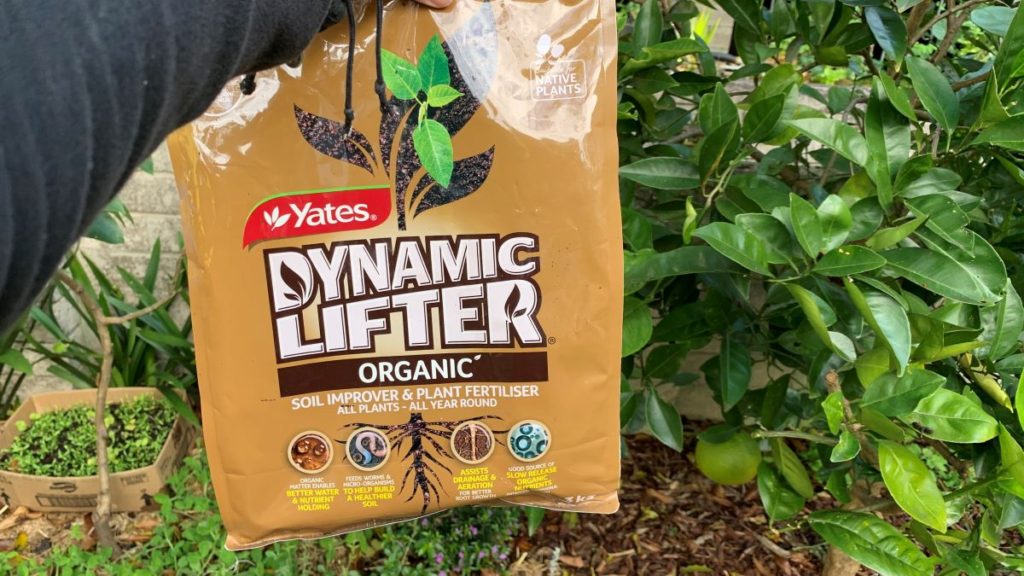
Prevent yellow mint leaves by improving the soil
Before planting your mint, dig through compost, worm castings and aged cow manure to build the soil up with nitrogen and carbon rich organic matter. This will give your mint plant a slow release of nitrogen over 3-6 months and get them off to the best start in your yard or in a pot.

Remember that mint is quick to grow so keep it contained in a pot unless you want it to fill your yard. Mint grows by runners so it can quickly spread into other areas of your soil if it is not contained.
Cold weather causes yellow mint leaves
Mint will go into a dormant phase in cooler areas over the winter months. As your mint slows down its growth in the cooler months the leaves can turn yellow before they turn brown and crispy. The stems will die down and the roots will stay healthy under the soil.
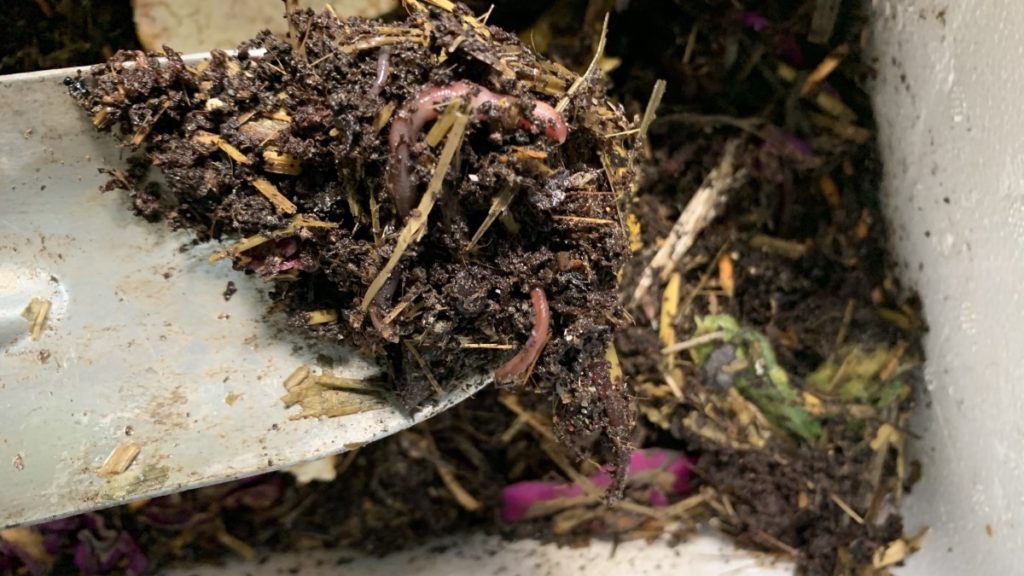
Trim back yellow leaves on dormant mint
Letting your mint go dormant for the winter is a natural process in cold climates so wait until the leaves have died back completely and trim the stems down to a few inches above the ground. When the weather warms up, your mint will re-sprout green healthy leaves.
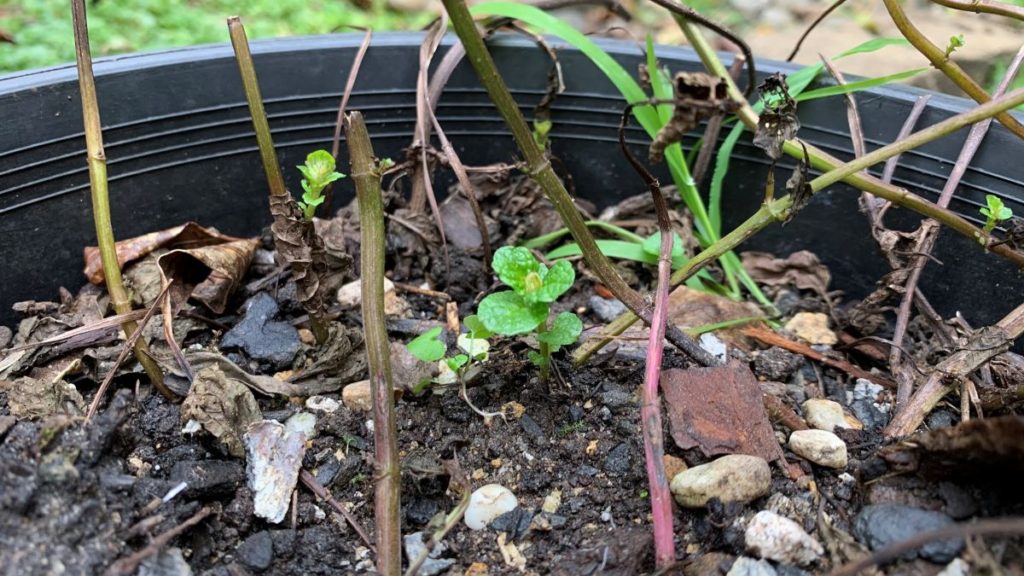
Trim yellow leaves off of mint to treat rust
Rust is a fungus that can grow on mint leaves and turn them yellow. Rust often occurs when water has been sitting on the leaves or when the soil has been splashed onto the plant. The leaves will turn yellow and then brown if they are affected by rust.
Removing rust completely is the best natural way to deal with this problem. Trim all areas off with rust and put them in your bin so they don’t infect other plants. Surround your mint with straw mulch and this gives your mint the best chance to grow back healthy new stems.
Get rid of Aphids to stop your mint leaves turning yellow
Aphids are tiny insects which can eat your mint leaves turning them yellow. They are small green bugs that attack new stems and leaves of mint plants. You will usually notice small holes in the leaves and tiny green bugs nearby.
To get rid of aphids naturally they can be removed by trimming the majority off the new stems. Ladybugs will naturally move in to eat the aphids in an organic garden so keep pesticides away to allow this natural process to occur. You could also use an eco-oil to remove the aphids.
Water your mint well to prevent yellow leaves
Mint plants that are left to dry out will turn yellow before their leaves will turn brown and dry off. Mint likes to be kept well watered in soil that holds moisture. Improving your soil before planting mint is the best way to keep the water in for your mint plant and stop the weeds turning yellow.
Mulch your mint to prevent yellow leaves
Prevent your mint plant from going yellow by surrounding it with a thick layer of mulch made from straw, sugar cane mulch or bark mulch. All of these will help the soil to stay moist and insulate the mint roots.
Mulch will also prevent weeds which can take nitrogen from your mint and cause the leaves to go yellow. Water your mint plant well after mulching to keep it in place and stop light mulches blowing away in the wind.
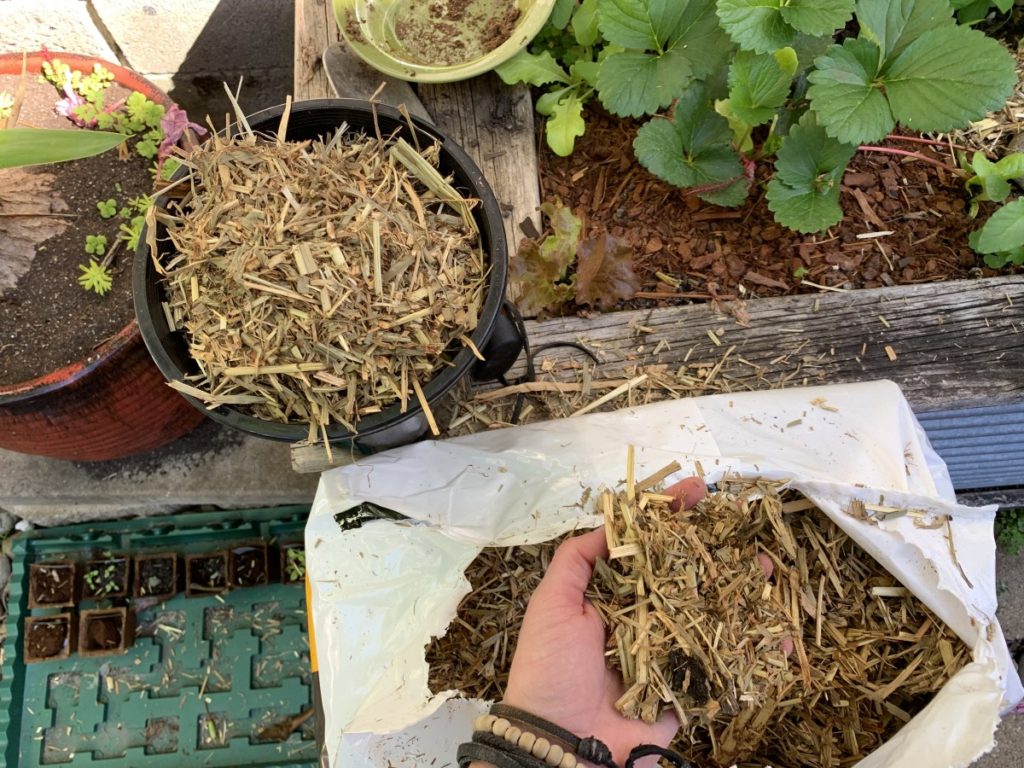
Re-pot your mint for a new nutrient boost
Re-potting your mint each year can keep it growing strong and prevent yellow leaves. Mint will grow quickly and fill the pot using up lots of nutrients in the process. Mint can be re-potted at the end of the summer growing season when it has gone dormant.
Add new free draining potting mix and a handful of pelleted chicken manure to feed your mint.
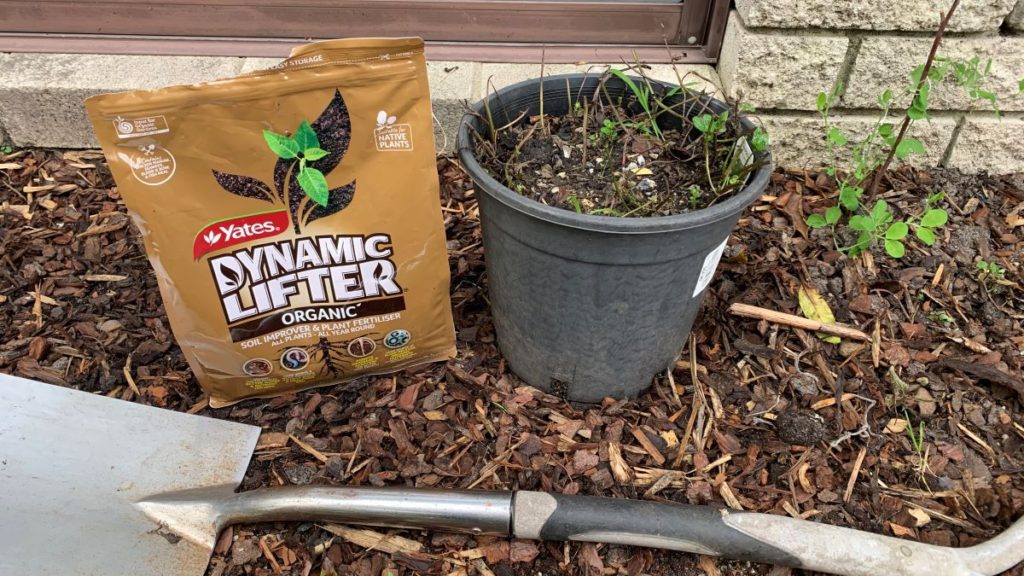
Steps to solve yellow mint leaves
- Check for aphids or rust.
- Trim off any diseased leaves and stems and treat with eco oil if aphids are present.
- Move mint into a new pot if it has outgrown its space.
- Use good quality potting soil and add compost and aged cow manure.
- Water the mint in well with liquid nitrogen fertilizer like fish emulsion and seaweed solution.
- Surround your mint with straw mulch to keep soil moisture in.
Mint leaves turning yellow – Summary
Problems with mint are best solved in an organic way by improving the soil, applying mulch and using natural fertilizers. Mint will go dormant in cold areas so can look unhealthy, but this is a natural process where healthy mint roots will live under the soil ready to re-sprout in spring.
Mint Articles
How to Grow Mint | The complete guide + 11 Hot Tips
Mint leaves turning brown and crispy | Easy Solutions
Mint leaves are turning yellow | 9 Easy solutions
Why mint grows slow | How to make it grow 4X faster
Does mint grow in shade? | Sun or shade which is best?
I am an accredited practicing dietitian, experienced gardener and a dedicated cook. I love writing and sharing my experience so you can learn from my successes and mistakes.

Comments are closed.